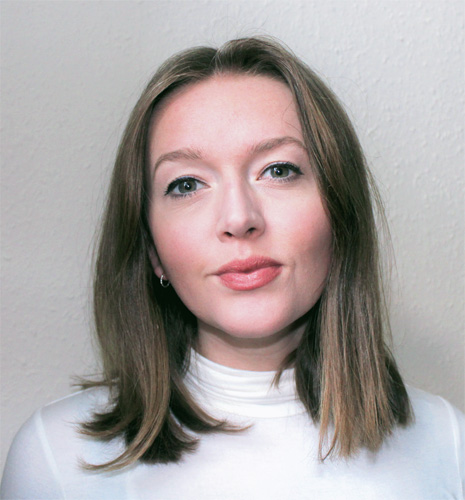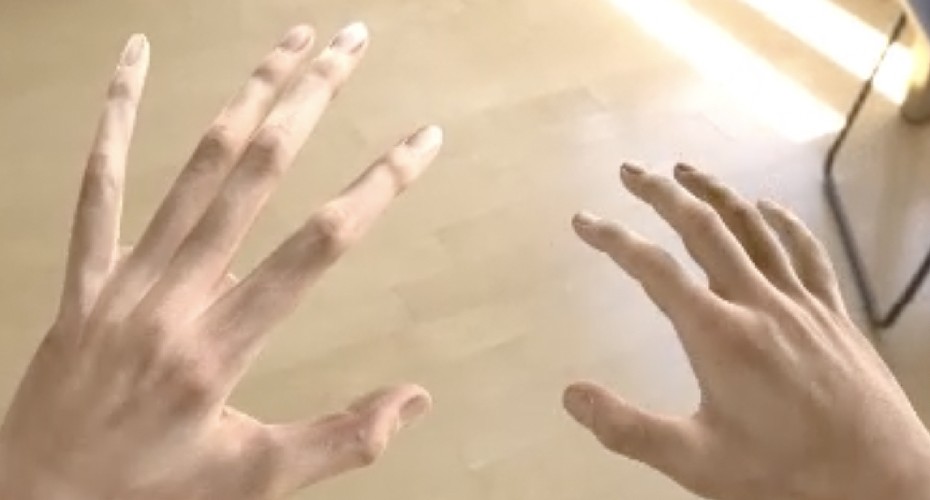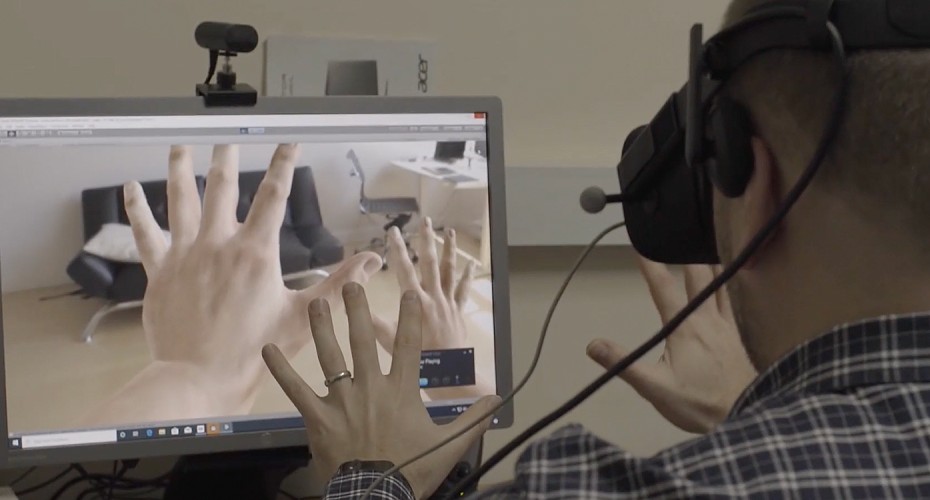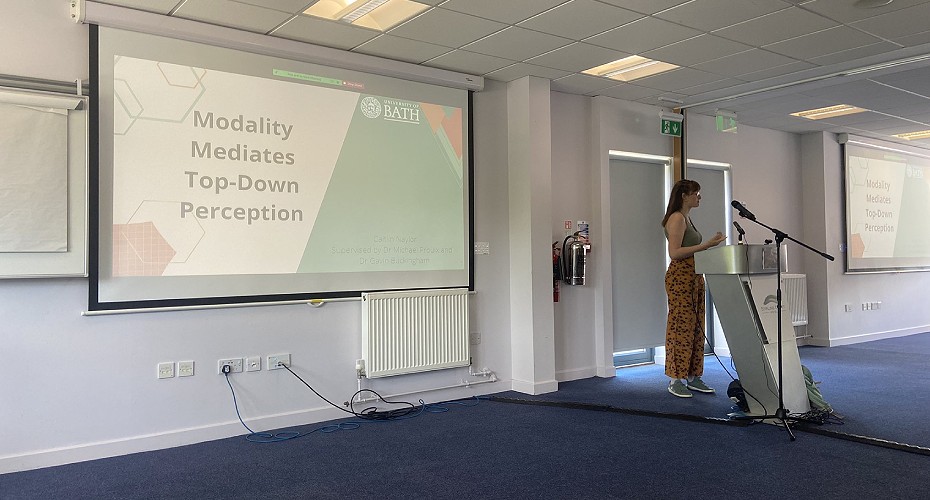Interview with a Soapbox Scientist: Caitlin Naylor
“Have you ever wondered how it is that you can sit in a café, pick up a mug you’ve never touched before, and bring it to your mouth without spilling a drop of coffee?”
When Caitlin asked me this, my mind was a little bit blown. No, I’d never asked this question, but now I’ll be asking it every time I pick up something new. “Everything we do, every day, relies on an accurate representation of our body,” Caitlin continues. “But some people don’t have that.”
Caitlin Naylor, a PhD candidate at the University of Bath, works with patients who have Complex Regional Pain Syndrome (CRPS). Some people with this condition are unable to accurately perceive their bodies. For example, while a patient’s hand may physically seem fine and healthy, their brain may interpret the hand as being bigger than it is, as having missing or elongated fingers, or as no longer belonging to them. This makes it incredibly difficult, if not impossible, for the patient to use their hand.
CRPS is not a well-researched condition. “We don’t know how common it is, largely because there are no specific tests for it. This means lots of people might be either undiagnosed or misdiagnosed,” Caitlin tells me. “A lot of doctors don’t recognise it as a real thing.” We do know, however, that CRPS affects more women than men, and while it sometimes starts after an injury, there may be no obvious event that causes it.
Given how under-researched it is, treatments for CRPS are sorely needed. The goal of Caitlin’s research is to develop tools that will help her understand the condition in more depth and, ultimately, help treat people with CRPS. The primary tool she is using is Virtual Reality. By creating an image of people’s bodies within VR, she can change how their brain perceives their body in a real-time, controlled environment.
Currently, her VR tool is being piloted with people who do not have CRPS and have healthy, functional hands. She’s trying to understand what happens in these people’s brains when a limb doesn’t look like it should. Do they feel physically uncomfortable if they “see” a hand that is twice the size of how it “feels”? Or do they begin to “feel” that their hand is bigger? How does the brain deal with such a mismatch?
By understanding how people without CRPS deal with mismatches between what they see and what they feel, Caitlin hopes to get a better understanding of how to help people with CRPS perceive their bodies more accurately.
Caitlin is a passionate advocate of putting patients first. Before beginning to develop VR tools, she sent out a survey to patients with CRPS to understand exactly what their biggest challenges are, and what they want to get out of treatment. She also involves patients in the research methods, getting their feedback so she knows what can be improved. “It can be difficult, taking research ideas that are still in development to patients. It feels quite exposing, because of course there will be flaws. But it’s so important.” She says it is important not only so that the research is aligned to patient needs, but also to help make science more transparent. If people can help to shape the scientific process, perhaps they will trust it more.
Caitlin didn’t set out to work on CRPS. In fact, she didn’t set out to be a researcher when she first went to university. As the first member of her family to go to university, an academic career was not on her radar. But she quickly became passionate about research. One of her first projects, supervised by Dr Gavin Buckingham, was on the topic of how the brain perceives objects. “Looking at the results of an analysis and realising I was the first person on the planet to see this, to know this piece of information, that was the moment I knew this is what I want to do.”
Caitlin credits her drive to pursue research to Dr Buckingham, now a co-supervisor of her PhD, who, she tells me, recognised her academic abilities and gave her the opportunities and confidence to pursue a career. And Caitlin is clearly a talented researcher; as an undergraduate, she won the prestigious British Science Association Undergraduate Project Prize award.
So how did she come to research CRPS? Caitlin says it all started when she reached out to Dr Janet Bultitude, now her primary PhD supervisor. She loved Dr Bultitude’s research, admired her work-life balance, and wanted to have a female scientist as a role model. Dr Bultitude suggested working with CRPS patients, and Caitlin says she hasn’t looked back since.
“I love being able to answer questions about human perception and how our brains work, while also helping people,” she tells me. “CRPS patients go through so much. Letting them feel heard and understood is so important.”

About the Author
Beki Hooper is a freelance writer and researcher, with a PhD in animal cognition. Her science writing has appeared in numerous publications, including The Conversation, BOU Magazine and Psychology Today, where she writes a blog about the minds, relationships and behaviours of animals. She is also a Pushcart Prize nominated poet, with poems published and upcoming in multiple international literary magazines and anthologies. She lives in Devon, and when she isn't writing she is most often found wandering Dartmoor or swimming in the sea. You can follow her on Twitter @BekiHooper.



